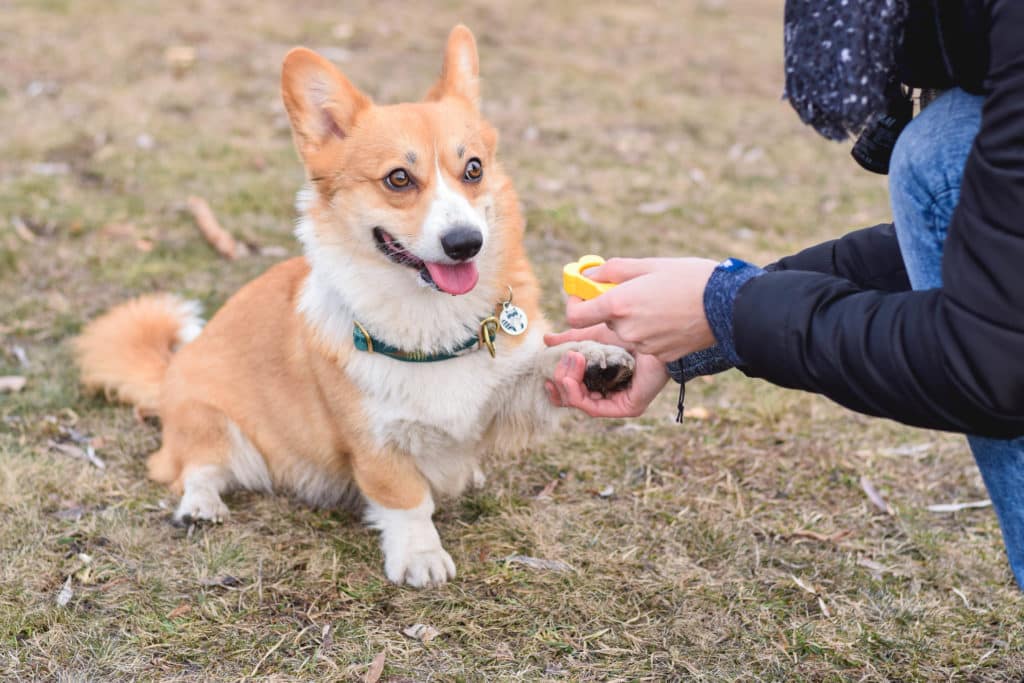
Positive reinforcement can be a powerful training tool for dogs, but it’s not as simple as just praising everything that your pup does.
If you want to get that most success out of positive reinforcement training, there are a number of important Do’s and Don’ts to follow.
Do…
Immediately Praise and Reward Desired Behavior
Dogs live in the moment, so your response should be immediate. This can include both treats and affection, and should be used whenever your dog does something that you want them to do.
If you’re house training a dog, treat him every time he does his business outside. Working on commands? Pet him each time he does what you say.
Keep it Short and Fun
The goal is to get your dog to realize that good things come when she obeys you. Because of that, you should make training short, fun, and positive — ideally ending on a good note.
Wean From Treats
While it’s absolutely okay to use treats in the beginning to get the behavior you want, over time you should wean your dog off of them but continue to offer praise and affection. Eventually, your pup will forget about the treats and do what you want just to please you. In effect, you become the treat.
You can also condition your dog to associate a certain sound, like “Tsch!” or a clicker with receiving a treat. When you remove the treat, your dog will still respond to the sound.
Don’t…
Make Things Complicated
If you want your dog to play fetch, don’t tell him to “fetch the ball.” Instead, just say “fetch” and immediately reward him when he does it. Get too complex with your commands or teaching in general and there’s no way your dog is going to understand. Be specific and be simple.
Show Inconsistency
You can’t reward your dog for staying off of the couch and then later let her come up and offer affection. Behaving like this will simply confuse her about what you want. Additionally, it’s important that everyone in your household follows the same rules or your pooch will run herself ragged trying to figure out how to behave with each person.
Stop Correcting Your Dog
A big mistake that often accompanies positive reinforcement is that pet parents start thinking they can’t say no to their dogs. This is absolutely not true. If a dog is acting inappropriately, you can and should still correct the behavior.
What you should strive to do is keep “correction time” separate from “positive reinforcement” time. There needs to be a balance, just as there would be if you were raising a child.
Has positive reinforcement worked for your dog? Tell us your experience in the comments.










